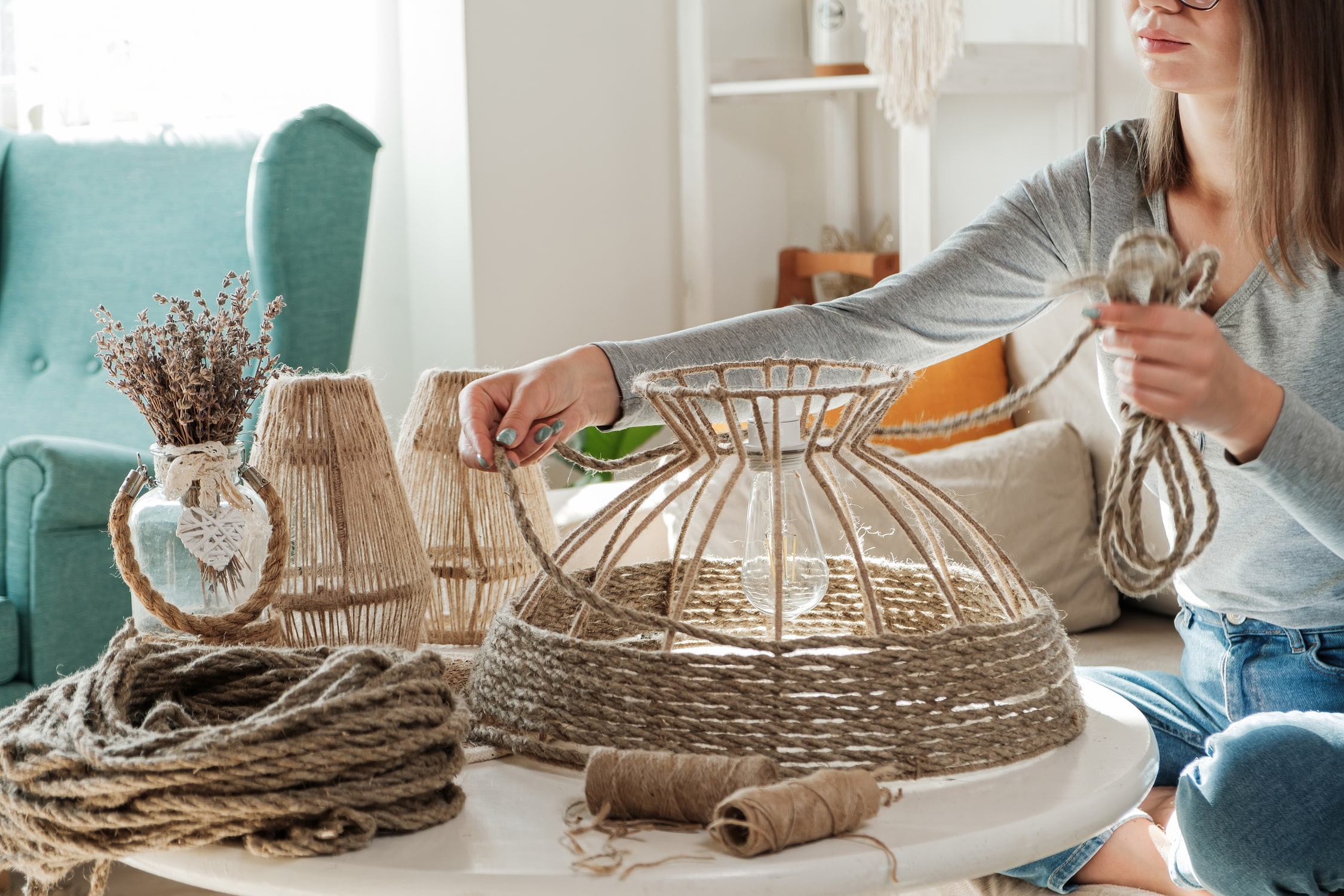Are you seeking ways to stimulate your cat’s mind and encourage healthier eating habits? If so, a puzzle feeder might be the perfect solution. A puzzle feeder is a device that dispenses cat food or treats when your pet interacts with it correctly. It’s excellent for promoting slow-paced eating and mental stimulation. While you can buy these gadgets from pet stores, they’re also surprisingly easy and cost-effective to make at home. This article will guide you on how to create a DIY puzzle feeder for your cats using readily available household items.
Understanding the Concept of Puzzle Feeders
Before you start crafting, it’s essential to understand what a puzzle feeder is and why it’s beneficial for your feline friend. At its core, a puzzle feeder is a device that makes your cat work for their food. It’s based on the concept that in the wild, cats would need to hunt for their meals. The puzzle feeder tries to mimic that experience.
A lire en complément : What’s the Best Diet for a Dog Suffering from Chronic Pancreatitis?
Puzzle feeders not only help to keep your cat entertained, but they also slow down their eating, which can prevent digestive issues such as bloating and obesity. Moreover, using a puzzle feeder can help reduce behavioral problems in cats, as it keeps them mentally stimulated and reduces their boredom.
DIY Puzzle Feeder from a Plastic Bottle
One of the simplest ways to create a DIY puzzle feeder is by using a clean, empty plastic bottle. This method is not only cost-effective but also an excellent way to recycle household waste.
Sujet a lire : How to Identify and Respond to Signs of Stress in a Siamese Cat?
To make a puzzle feeder from a plastic bottle, you will need a plastic bottle (with cap), a pair of scissors, and some cat food or treats.
Firstly, cut a few holes in the bottle that are big enough for the treats or food to fall out. Make sure the edges are smooth to prevent your cat from hurting itself. Then, fill the bottle with your cat’s favorite food or treats, and secure the bottle cap.
Now, every time your cat rolls the bottle, some food will fall out, encouraging them to engage with the feeder and rewarding them for their effort.
Creating a Puzzle Feeder from a Cardboard Box
If you have a spare cardboard box lying around, you can make an exciting puzzle feeder for your cat. To make this, you’ll need a cardboard box, some scissors, and some cat food or treats.
Start by cutting holes of various sizes into the sides of the box. The holes should be big enough for your cat to reach in with its paw but not large enough for its head to fit through. You can also cut some tunnels into the box for added fun.
Next, scatter some treats or food inside the box. Your cat will be able to smell the treats but will need to reach inside the holes to get them. This can provide hours of entertainment for your cat, as they try to retrieve all the treats from the box.
Using an Egg Carton as a Puzzle Feeder
An egg carton is another fantastic household item you can transform into a puzzle feeder. To do this, all you need is an empty egg carton and some cat food or treats.
The process is simple: just place the treats or food into the sections of the egg carton. Your cat will have to use their paws to get the food out of the compartments, which can be a fun and challenging task.
Remember to clean the egg carton thoroughly before using it to ensure it’s safe for your cat to use.
Making a DIY Puzzle Feeder with Dog Toys
Dog toys, especially those designed for dispensing treats, can also be used as puzzle feeders for cats. This might seem unconventional, but many dog toys are suitable for cats too, especially smaller breeds.
Kong toys, for example, are excellent for this purpose. They’re made from durable rubber and have a hollow center that you can fill with cat food or treats. When your cat plays with the toy, the food will gradually be dispensed, rewarding your cat for their play.
Remember, the main goal of using a puzzle feeder is to stimulate your cat’s mind and encourage healthier eating habits. Whether made from a plastic bottle, a cardboard box, an egg carton, or a dog toy, DIY puzzle feeders can provide an engaging and rewarding feeding experience for your cat. Happy crafting!
The Importance of Safety When Making a DIY Puzzle Feeder
When creating a DIY puzzle feeder using items found around your home, safety should be your primary concern. Cats have a tendency to chew and swallow small objects, which can lead to choking or digestive issues. To avoid any potential health risks, make sure to inspect all materials before using them in your project.
Items like plastic bottles and cardboard boxes should be sturdy and free from any tears or sharp edges that could harm your pet. If you’re using a utility knife or scissors to make holes in the feeder, ensure that the edges are smooth and won’t cut your cat’s paw or mouth.
Furthermore, when selecting treats or food to put in the puzzle feeder, make sure they are safe for your cat to eat. Not all human food is safe for cats, and some can even be toxic. Stick to cat-approved treats or use their regular cat food.
Lastly, monitor your cat when they first start using the feeder to ensure they’re using it safely. If your cat seems frustrated or is trying to chew the feeder, it may be best to remove it and try a different style of puzzle feeder.
Enhancing Your Cat’s Experience with DIY Puzzle Feeders
Besides promoting healthier eating habits and mental stimulation, DIY puzzle feeders can also enhance your cat’s overall experience with food. Think of food puzzles as a game for your cat. They’re meant to be challenging, but also fun and rewarding – a way to make mealtime more engaging.
One way to enrich your cat’s experience is by varying the difficulty of the puzzle feeder. For example, you can start with larger holes in a cardboard box or plastic bottle feeder, making it easier for your cat to get the food. As your cat becomes more adept, you can reduce the size of the holes or the amount of food or treats that fall out. This continuous challenge keeps your cat mentally stimulated and interested in the puzzle feeder.
Similarly, you can vary the type of food you put in the feeder. Mixing wet food with dry food, or combining different flavors of treats can make the feeder more appealing to your cat. Even the simple act of changing the location of the feeder can stimulate your cat’s curiosity and hunting instinct.
Conclusion
In conclusion, food puzzles or puzzle feeders are an excellent way to keep your cat mentally stimulated while also promoting healthier eating habits. As a pet parent, you can easily create a variety of DIY puzzle feeders using common household items like plastic bottles, cardboard boxes, egg cartons, and even dog toys.
Remember, the safety of your cat should always be your top priority. Always check to ensure that the materials you’re using are safe and free from any potential hazards. Once you’ve ensured the feeder is safe, you can focus on enhancing your cat’s experience by varying the challenges and rewards in the feeder.
With a little creativity and effort, you can turn mealtime into an engaging, fun, and mentally stimulating activity for your furry friend. So why not try making a DIY puzzle feeder today? You might just find that it’s as much fun for you to create as it is for your cat to use!






